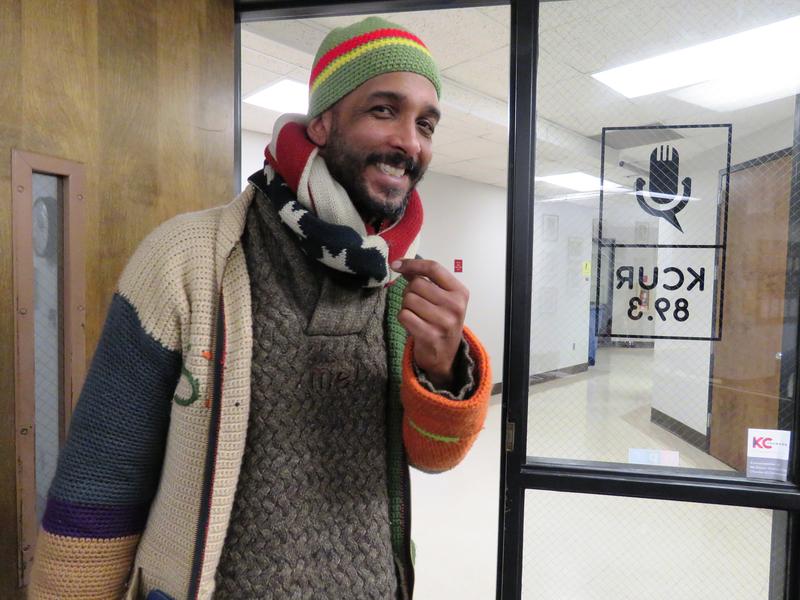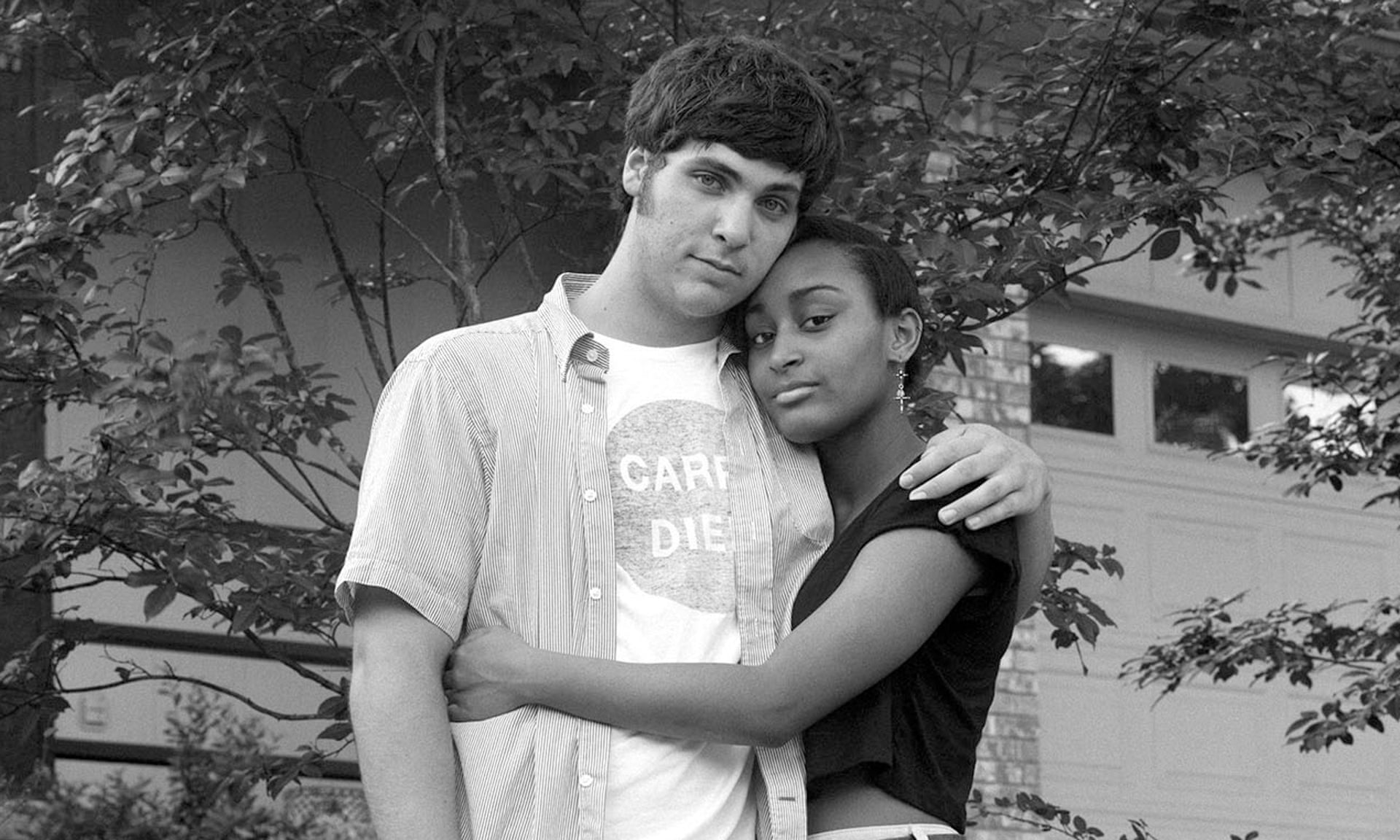Mixed Like Us: How to Support Biracial Children and Their Shifting IdentitiesPosted in Articles, Family/Parenting, Identity Development/Psychology, Media Archive, United States on 2015-12-07 01:51Z by Steven |
Mixed Like Us: How to Support Biracial Children and Their Shifting Identities
Literatigurl
2015-12-01
The year was 2002. I’d just landed in Tucson, AZ to present my graduate school research on the “Social Perceptions of Multiracial Children” at the first-ever National Conference on the Multiracial Child in the United States. Hundreds of teachers, mental health professionals, social workers, student organizations, academics, authors and families from all over the U.S. and abroad met for two days of workshops specifically celebrating multiracial children and their histories. Organized by the two largest multiracial advocacy organizations in the U.S. – AMEA (The Association of MultiEthnic Americans) and The Mavin Foundation, we convened to share resources, strengthen collaboratives and then return to our respective fields to expand discussions on diversity and multiculturalism to include those of us strongly identifying with two or more distinct racial backgrounds.
Growing up biracial, I’d learned that negative social perceptions of biracial, multiracial and transracially adopted children were largely impacting the growth, well-being, and resources available to members of our own community at home and in schools. Asserting that biracial children were more “mixed-up” than mixed-race only served to further perpetuate negative stereotypes about us.
But what if mixed-race and biracial children were supported for an identity which embraced both parents?…
Read the entire article here.


